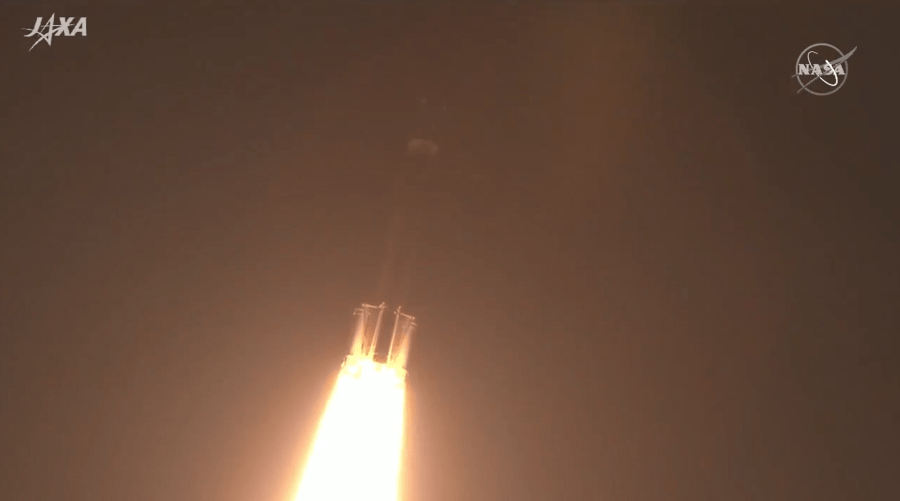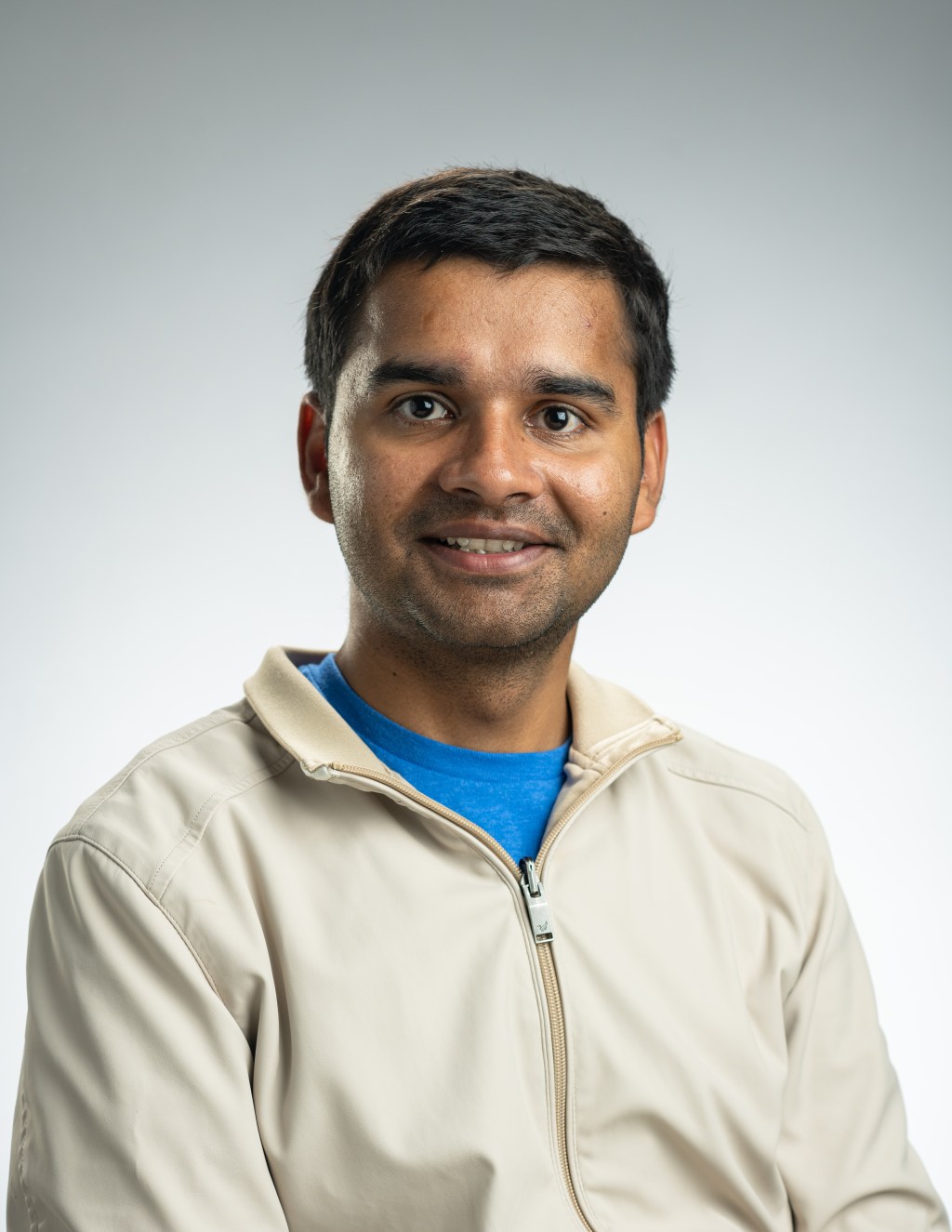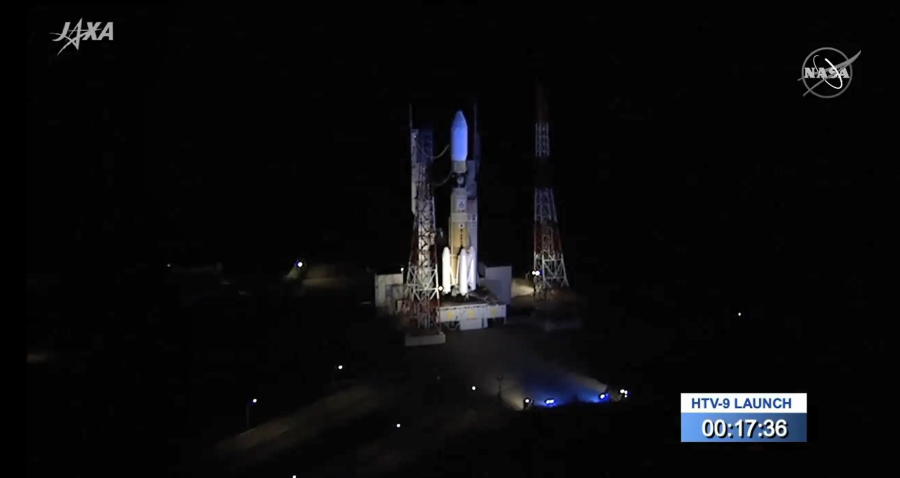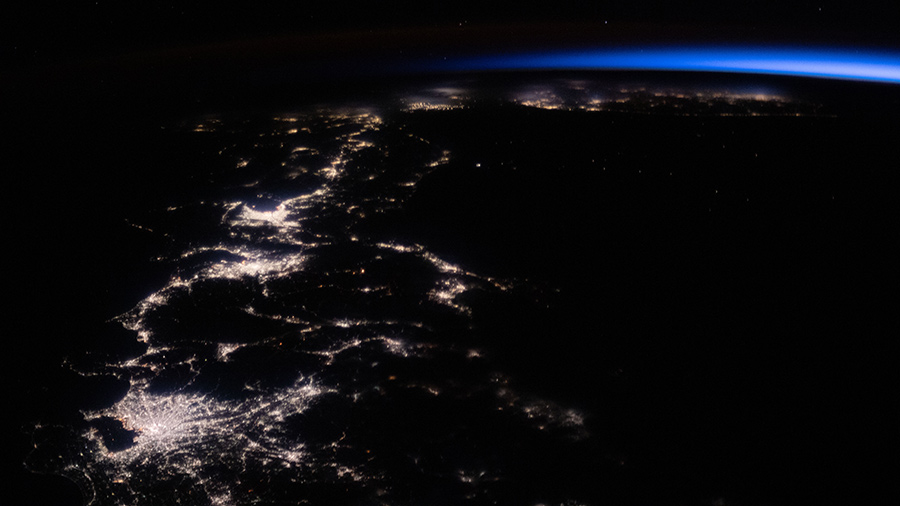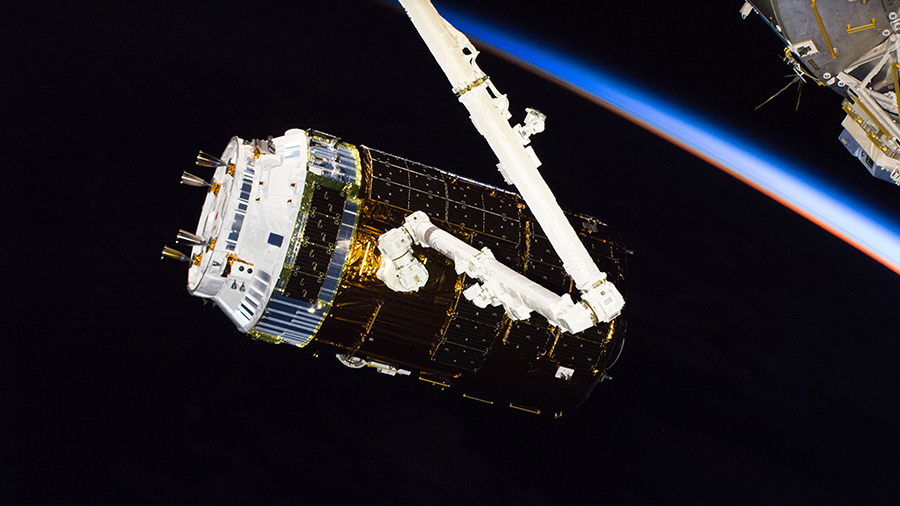Carrying four tons of supplies, water, spare parts and experiment hardware for the Expedition 63 crew aboard the International Space Station, HTV-9 launched from Tanegashima Space Center in southern Japan on Wednesday, May 20 at 1:31 p.m. EDT (2:31 a.m. Thursday, May 21, Japan time). The cargo vehicle will arrive at the station Monday, May …
Japanese Cargo Vehicle Lifts Off To Resupply Station Crew
